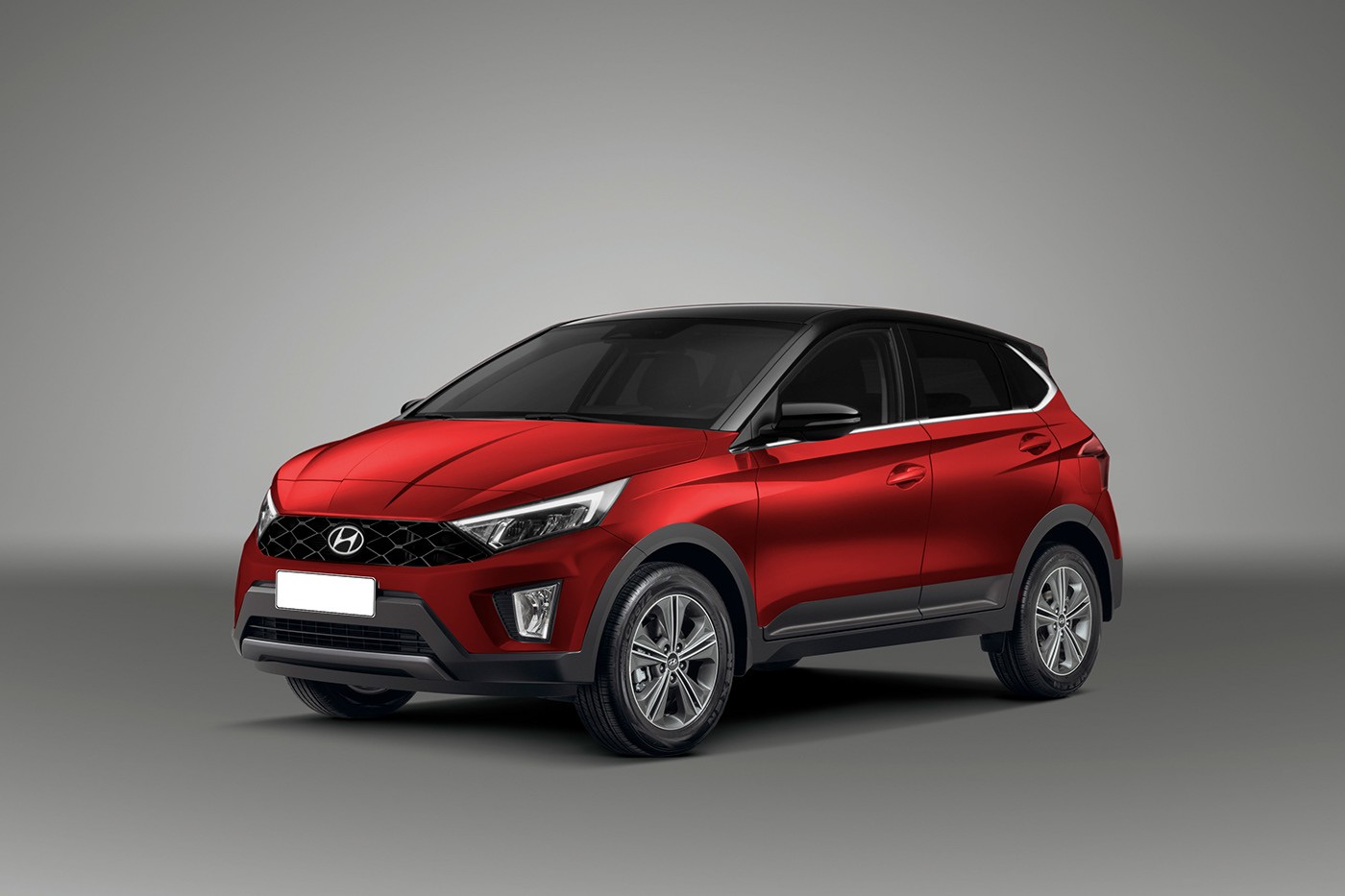Apple store macos high sierra. Hyundai has been riding high on the success of the Elite i20 hatchback. Currently one of the most pricey hatchbacks, it managed to sell well over 10,000 units in February 2015; which is a very respectable number. Considering how popular the Elite i20 is, Hyundai is confident that they can convert a few potential customers towards the i20 Active. 'i20 Active is for those customers who want the practicality of a hatchback and the road presence of an SUV.
Hyundai will introduce the new Bayon entry-level compact crossover for the European markets on March 2, 2021. The Hyundai Bayon name is based on Bayonne city in southwest France, which is known for outdoor sporting activities such as sailing and rock climbing.
To be sold in Europe, the Hyundai Bayon will measure around 4 meters in length and will slot below the Kona. The new model is based on the new-gen i20 and will replace the i20 Active. This crossover feature the brand’s “Sensuous Sportiness” design language and will share the funky design of the Kona. It gets the signature cascading grille and split headlamp setup, which is common in new Hyundai SUVs.
The Hyundai Bayon gets a large grille, which is complemented by an upper horizontal slat between the LED DRLs. At the back, the crossover has new tail-lamps with an LED signature designed to look like an arrow. There is a light bar at the rear end, which will connect the two tail-lights.

Hyundai I20 Active Crossover Review
App osx. The cabin of the Hyundai Bayon is likely to be inspired by the new i20. It could share the large touchscreen infotainment system and instrument console from the hatchback sibling. The crossover is likely to receive Bluelink connected car tech, wireless charging, adaptive cruise control, lane follow assist, front collision avoidance, blind spot detection and others.
Based on the new i20 hatchback, the Hyundai Bayon will rival the Ford EcoSport and the VW T-Cross in Europe. It is likely to be powered by a 1.0-litre 3-cylinder turbocharged petrol engine that offers two states of tunes – 100bhp/172Nm and 120bhp/172Nm. Transmission options are likely to include a 6MT and a 7-speed DCT. Like the i20, the new Bayon could also get a new 1.2-litre naturally-aspirated petrol engine that produces 82bhp and 113Nm of torque.
Hyundai I20 Crossover 2021

Hyundai I20 Crossover Colours
European media speculates that the new entry-level Hyundai Bayon could also receive a performance variant at a later stage. Cheap macbook air. Expected to be positioned against the Ford Puma ST and the Toyota Yaris Cross GT, the Bayon performance model could receive a 204bhp, 1.6-litre turbocharged petrol engine.
Hyundai I20 Price List
